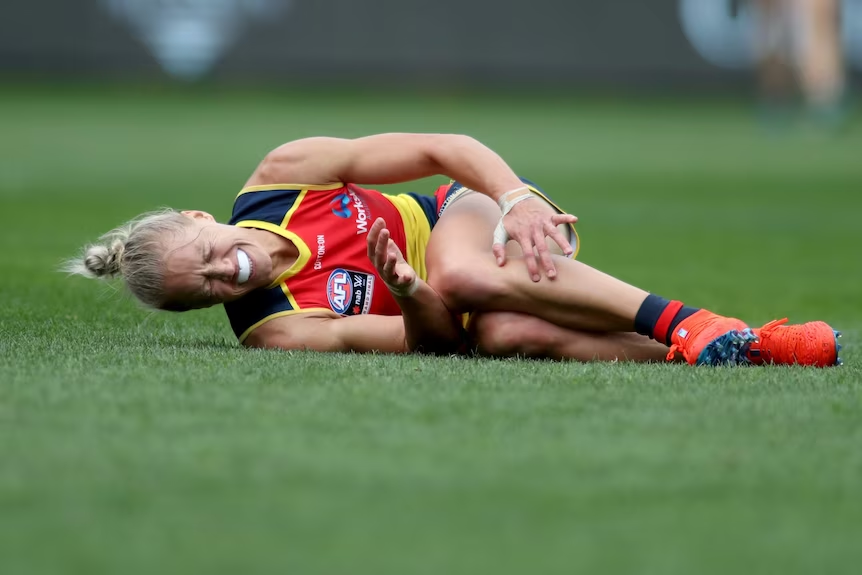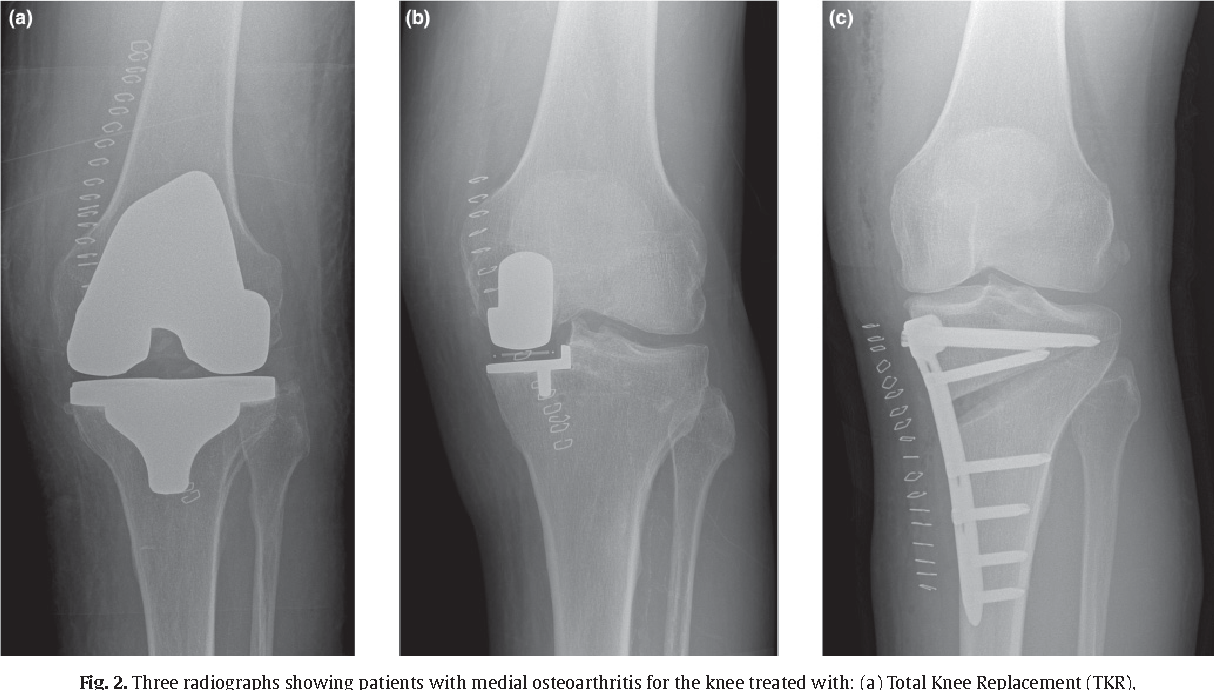ACL Injuries: Surgery vs Non-Operative Management — What Does the Evidence Say?
ACL reconstruction offers higher return-to-sport rates and better joint stability than non-op treatment, especially in active individuals playing pivoting sports like AFL, netball, and soccer.

ACL Injuries: Surgery vs Non-Operative Management — What Does the Evidence Say?
In recent years, there has been growing interest in non-operative management of ACL (anterior cruciate ligament) injuries. While this approach may be suitable for certain patients, especially those with lower activity demands, the scientific evidence continues to strongly support surgical reconstruction for active individuals—particularly those looking to return to high-level sport.
The Role of the ACL
The ACL is a critical stabiliser of the knee, especially during pivoting, cutting, and rapid change-of-direction activities. An ACL rupture can cause not just instability, but also predispose the knee to further damage if left unstable—particularly to the meniscus and cartilage.
Understanding Non-Operative ACL Management
Non-operative (or “conservative”) management usually involves physiotherapy-based rehabilitation to strengthen the surrounding musculature and compensate for the torn ligament. This can work well in lower-demand patients or those not participating in high-impact sports.
However, several studies have shown that non-operative management does not restore knee stability in most pivoting athletes, and may lead to suboptimal outcomes if return to sport is attempted.
What Does the Research Say?
A 2020 systematic review by Ardern et al. found that:
- Only 55% of non-operatively managed patients returned to sport.
- In contrast, up to 85% of patients who underwent ACL reconstruction returned to sport—many at their pre-injury level.
Furthermore, the KANON trial (Frobell et al., 2013)—a landmark study in this space—initially showed no significant difference in long-term outcomes between early ACL surgery and rehabilitation. However, a closer look reveals that nearly 50% of patients who started with non-operative management eventually required surgical reconstruction due to recurrent instability.
Risks of Non-Operative Management
While avoiding surgery may sound appealing, there are several important considerations:
- Recurrent instability can lead to progressive joint damage.
- Higher rates of meniscal tears and cartilage injuries have been reported in unstable knees left unreconstructed.
- Long-term follow-up suggests greater risk of early-onset osteoarthritis in those who defer or avoid surgery but remain symptomatic.
Benefits of ACL Reconstruction
Surgical ACL reconstruction has evolved significantly, with modern techniques allowing patients to:
- Regain mechanical stability of the knee.
- Confidently return to pivoting sports.
- Lower their risk of further intra-articular damage.
- Achieve higher rates of return to sport and better functional outcomes, particularly in young, active individuals.
That said, surgery is not without downsides—such as donor site morbidity, surgical risks, and a significant rehabilitation process. But when paired with a structured rehab program and guided return to sport, ACL reconstruction consistently delivers superior outcomes for the right patient.
Final Thoughts
There is no one-size-fits-all approach to ACL injuries. However, for active Australians, especially those involved in pivoting sports like AFL, netball, soccer or rugby, the evidence continues to support surgical reconstruction as the option most likely to restore knee stability, protect joint health, and allow return to pre-injury performance.
If you’ve suffered an ACL injury and are weighing your options, it’s essential to speak with both your orthopaedic surgeon and physiotherapist to tailor a plan that meets your goals and lifestyle. Pease do not hesitate to contact Dr Sam Shales to discuss your options.
Reference Articles
This list contains links to the sources we reffered to in the article
S. Filbay, F. Roemer, S. Lohmander, A. Tukiewicz, E. Roos, R. Frobell, M. Englund




